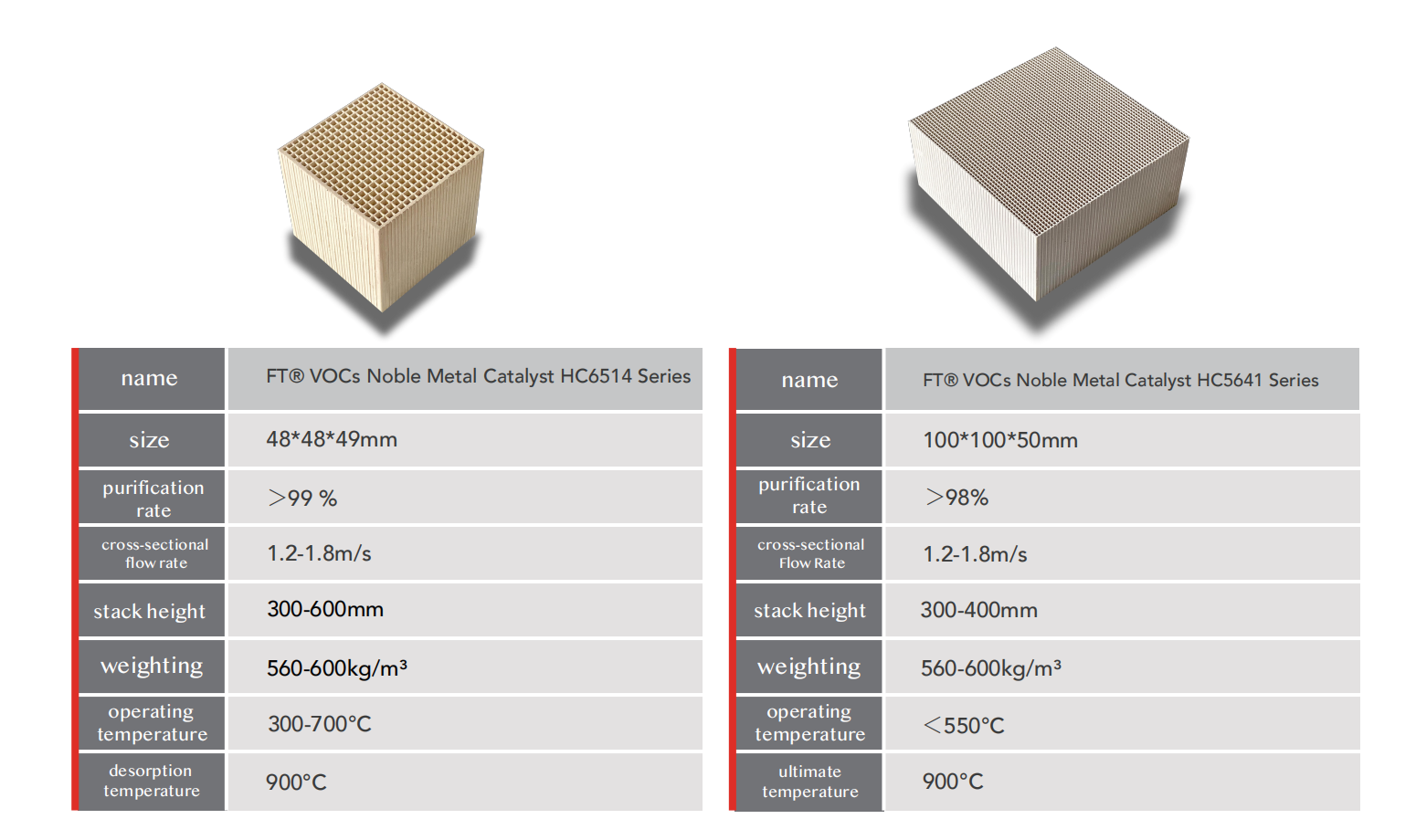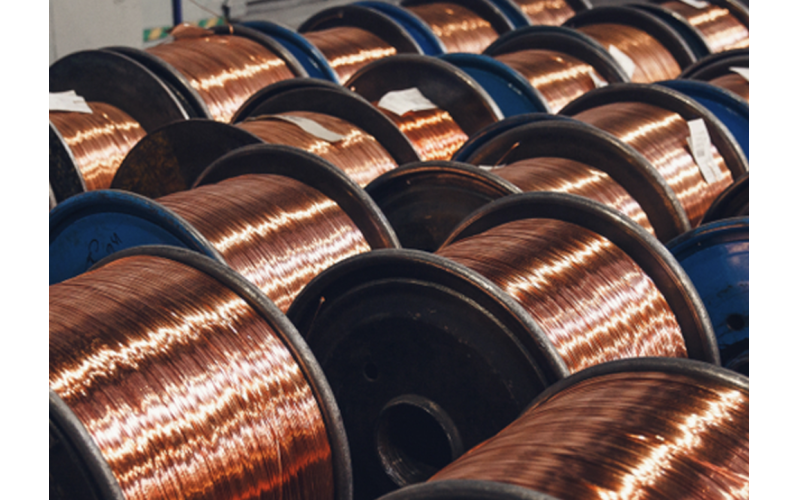Enameled Wire Manufacturing Industry
In the manufacturing of enameled wire, from the 1970s to the present, China has established a very large-scale capability. In the process of development, due to innovations in coating technology and the expansion of cable applications, the precision and quality requirements of enameled wire manufacturing have been increasing year by year. At the same time, due to the heavy use of solvents, the VOC emissions generated during the production of enameled wire pose increasingly daunting challenges. Owners are not only committed to reducing VOC emissions and saving energy, but also to avoiding issues such as nitrogen oxide exceedances and unorganized emissions.
Features
The exhaust gases are generated during the drying process and are circulated internally into the heating furnace for catalytic combustion and heat release.
The concentration of exhaust gases is high, ranging from 1000 to 5000 mg/m³.
Due to the specific working environment, the reaction temperature typically reaches around 500°C, requiring high-temperature resistance and low wind resistance for the catalyst.
The main components include aromatic compounds, phenols, alcohols, esters, and similar substances.
Common Practices
- Primary Catalyti
The equipment used in enameled wire manufacturing comes with built-in catalysts that continuously catalyze reactions during the internal circulation of exhaust gases. These catalysts convert VOCs into carbon dioxide and water, releasing a significant amount of heat in the process. This continuous heat is utilized to warm the production equipment, ensuring stable and ongoing production.
- Secondary Catalytic
The equipment used in enameled wire manufacturing comes with built-in catalysts that continuously catalyze reactions during the internal circulation of exhaust gases. These catalysts convert VOCs into carbon dioxide and water, releasing a significant amount of heat in the process. This continuous heat is utilized to warm the production equipment, ensuring stable and ongoing production.
- Tailpipe Catalytic
Due to the insufficient efficiency of the primary and secondary catalytic processes, the exhaust gas emitted from the end of the equipment often still exceeds the standard. To address this, an additional tail gas treatment catalytic unit is commonly added. This additional catalytic step ensures that the exhaust gas meets the emission standards.
Based on market research and feedback, we have identified several common issues faced by most customers. First, the catalysts used inside the enameling machine often exhibit poor catalytic performance, with low conversion rates and short lifespans. Second, the enameling process generates a significant amount of dust, which can easily clog the catalyst pores. Additionally, the catalytic performance of the end-of-line treatment equipment is also suboptimal, leading to exhaust gas emissions that exceed the standards.
To address these issues, FT Technology recommends using two different types of catalysts to ensure that the equipment meets emission standards. Inside the enameling machine, for the primary and secondary catalytic processes, we recommend using the high-temperature-resistant HC6514 catalyst with small size and large pore diameter. This catalyst achieves over 99% catalytic efficiency, ensuring that most exhaust gases are treated within the equipment. For the end-of-line treatment equipment, we suggest using the low-temperature catalyst HC5641, which has excellent low-temperature catalytic performance, allowing exhaust gases around 200°C to be effectively catalyzed before being emitted.
Recommended Products

New Trends
Due to the use of nitrogen-containing solvents, the enameling process generates a significant amount of nitrogen oxides, which are now being regulated by national authorities. FT Technology has developed a new type of catalyst that can reduce the formation of nitrogen oxides. Manufacturers can lower nitrogen oxide emissions by replacing some of the catalysts in their equipment with this new catalyst. This is one of the most promising new technologies currently drawing significant attention.
2. Adsorption and Concentration Zeolite for Low-Concentration Unorganized VOCs

